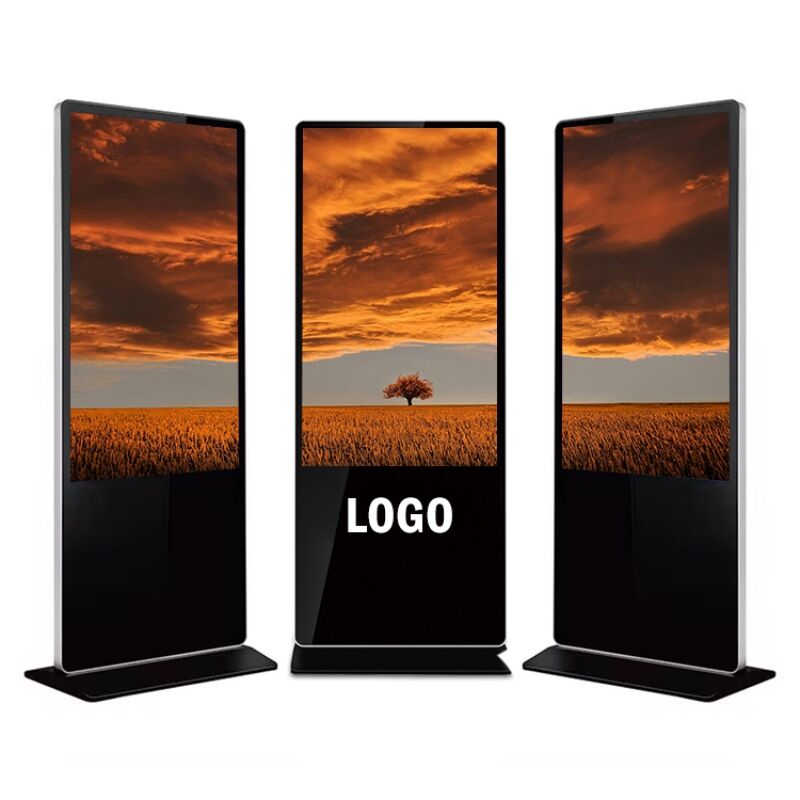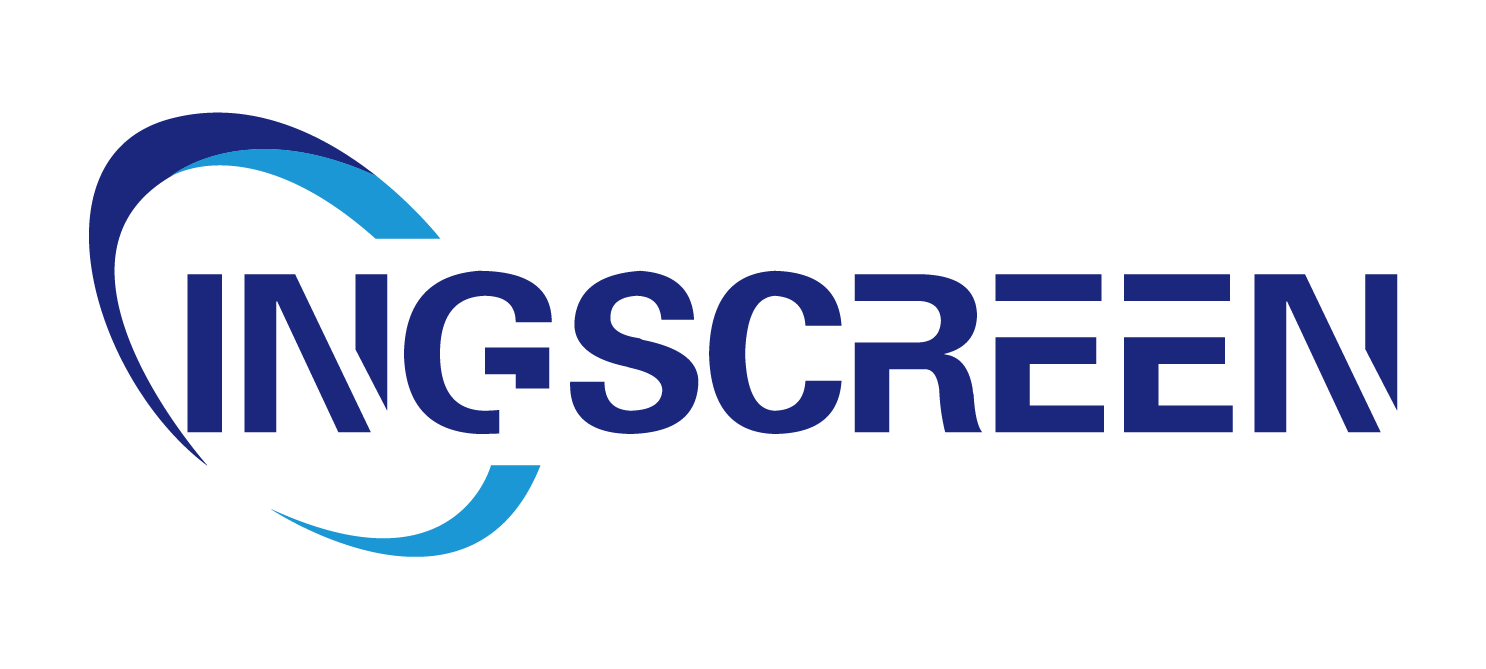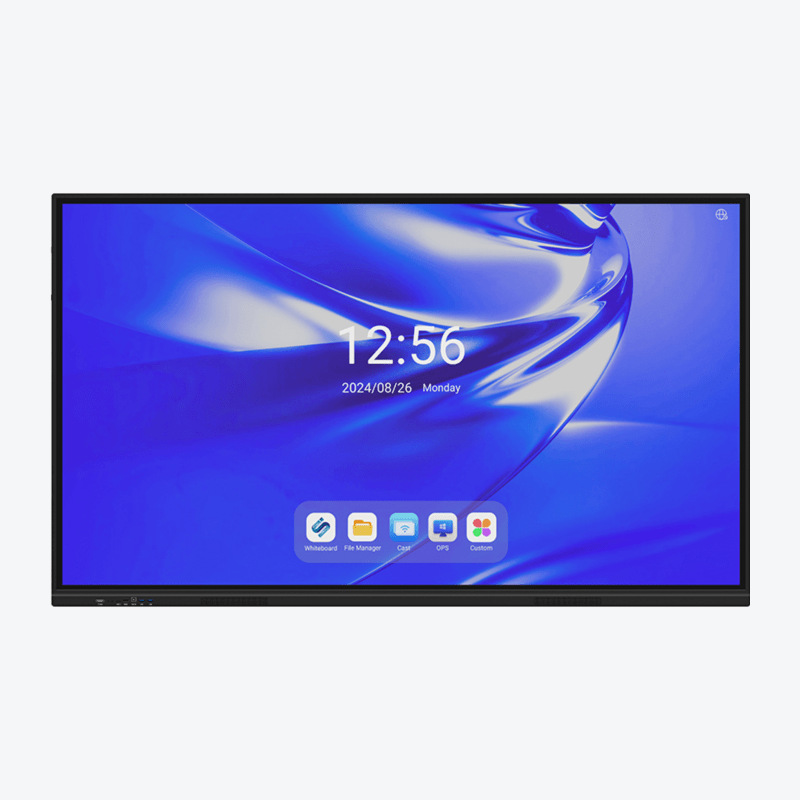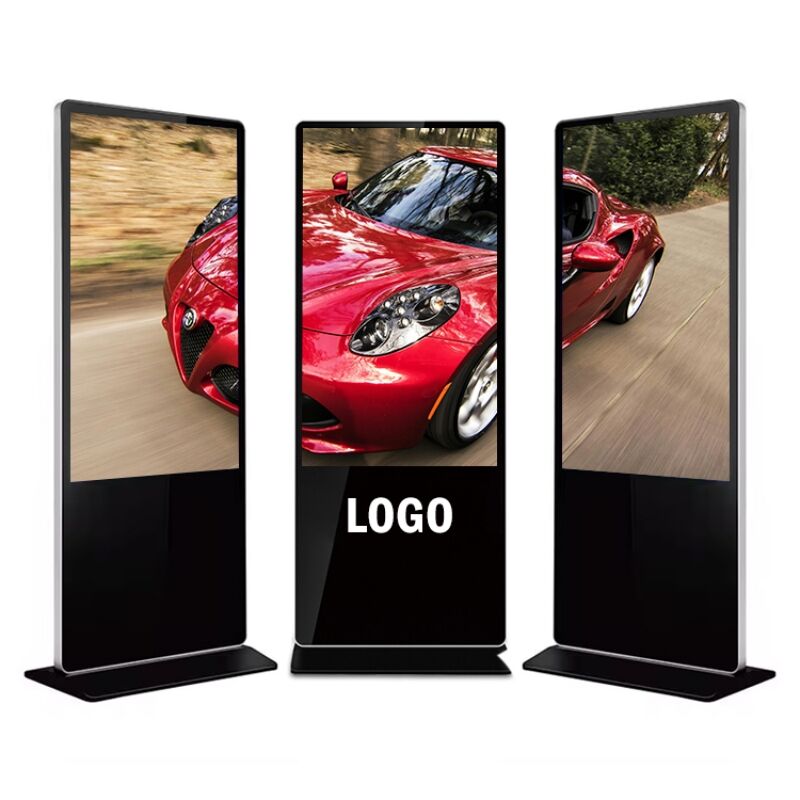The Evolution of Healthcare Wayfinding Solutions
From Clipboards to Interactive Kiosk Software
Healthcare navigation has evolved considerably over the years from old-school clipboards to high-tech interactive kiosk software. Traditionally, patients went off of physical signs and clipboards in trying to maneuver through complex healthcare spaces. Yet, these techniques were often confusing and cumbersome. Healthcare institutions have greatly enhanced the patient experience by utilising interactive kiosk software. For example, research from Strategic Market Research found that hospitals who install digital wayfinding solutions see a 20% increase in patient satisfaction. The technology improves precision and patients can quickly find different departments in huge medical centers. What’s more, kiosks act as a self-service station for accelerated check-in, form submission, and appointment setting that can easily take the load off overloaded staff.
How Self-Service Kiosks Reduce Patient Anxiety
Patients in medical environments tend to suffer the negative psychological effects associated with being made to wait which can evoke increased feelings of anxiety. Self-service kiosks are one solution that addresses these issues. These kiosks give patients the control to input, change, or update their own information in order to help calm nerves and ease stress that long waits and uncertainty can bring. One would be a Journal of Healthcare Management study that reported a 30% reduction in the level of patient anxiety as a result of the implementation of self-service kiosks which allows patients to schedule their own appointments. These kiosks empower patients to take control of their health journey and tailor their medical experience, providing them with immediate access to their specific information and patient updates, minimizing the unknowns of the medical process.
Airport Kiosk Principles in Medical Navigation
If we compare airport kiosks and healthcare kiosks, there are so many improvements that have been made to make user experiences and transaction processing faster. Kiosks in airports help to optimize check-in procedures and queuing, which are principles that have been translated to improve patient flow within healthcare facilities. For example, hospital facilities have borrowed from airport technology to design information and directional interfaces that promote good patient flow. These changes have helped area hospitals avoid logjams and wait times down by as much as 15%, according to data from the Journal of Medical Systems. Adopting these user-friendly design principles have enabled healthcare systems to create pathways that make it easier for patients to find departments, check in for appointments and get updates in real time, ultimately producing an elevated healthcare experience.
Key Features of Modern Healthcare Kiosk Systems
HIPAA-Compliant Information Kiosk Design
In healthcare, HIPAA compliance is a must, including the design and functionality of information kiosks. They are usually crafted in a manner that protects patient information from unauthorized access, thus ensuring that sensitive data is kept safe. For example, technology and infrastructure, such as screen privacy filters and encryption of data transmission, are often tailor-built into kiosk systeagm systems to meet HIPAA standards. These protocols are critical to the security and privacy to avoid unintentional exposure prevalent in traditional healthcare facilities."
Multi-Language Interface Capabilities
Multi- language interfaces are a necessity with kiosks in healthcare to serve differing patient populations. Language access Language access is needed to support compliance and understanding for diverse patient populations due to global patterns of migration. Studies show patients are more satisfied and achieve better health results when they receive care in their own preferred language. The effectiveness of these systems, including multilingual kiosks in multi-ethnic cities' hospitals, which have been implemented successfully in other countries, to enhance patient access to medical services, satisfaction and health care facilitate function in the delivery of quality health care.
Integration with EHR & Pharmacy Networks
Connecting kiosks with EHR and pharmacy systems can greatly help in efficiency and better patient care. This integration simplifies check-in and provides accurate, real-time patient data without duplication or error. Studies show that hospitals which employ integrated systems have faster dispensing of medicines which reduces waiting times for the patient and thus improves healthcare. Case studies also demonstrate that this integration decreases administrative tasks and places the focus on patient care.
Self-Service Check-In Kiosks Transforming Patient Flow
Reducing Wait Times Through Digital Triage
Kiosks for self-check-in are transforming patient flow in healthcare facilities with digital triage. These kiosks are also used to facilitate patient flow by enabling patients to self check-in, minimizing wait time and congestion in waiting rooms. Facilities that have implemented such systems have experienced a dramatic decrease in average waits; for example, facilities practicing with the kiosks saw their wait times go down to as much as 30%. Furthermore, digital triage improves resources distribution and staff time use capacity, allowing health workers to concentrate more on patient care than on paperwork. This transition not only enhances workflow efficiency, but heightens patient satisfaction as the process is further simplified.
Privacy-Enhanced Check-In Processes
Privacy in patient check-in is key, especially in digital self-service. To preserve patient privacy and ensure patient confidentiality, and to encrypt data, technologies such as screen shielding and private inputs have been developed. Kiosks with screen filters and quiet data input devices are examples of discreet solutions that shield personal information from unauthorized viewing, enhancing privacy during check-in. It surveys show that a high percentage of patients rely on these privacy-enhanced technologies thus emphasizing the need to protect privacy. As healthcare providers increasingly adopt digital technologies, better privacy will be important for patient confidence and assurance.
Case Study: UCSD's Successful Implementation
UCSD: A High-Volume Success Story UCSD Health System provides an excellent example of how high-volume self-service check-in works. In response to issues such as congested waiting rooms and overtaxed staff, UCSD implemented kiosks for patient check-in to create a smoother and more efficient check-in experience. Post-launch measurements demonstrate a measurable impact, with 20% decrease in waiting time and significantly higher patient satisfaction results captured. Furthermore, there are plans for UCSD to implement more kiosks based on reports that patients are satisfied and find them convenient. Further refinement and adjustment of these tools as UCSD strives to achieve additional improvements in patient experience and operational efficiency will be important moving forward.
Pharmacy Automation Through Interactive Kiosks
Prescription Dispensing Innovations
Interactive kiosks are changing the way prescription tablets are dispensed by making the process more automated and accurate. With these advancements, pharmacies are experiencing an increase in efficiency and a decrease in errors, which are incomparable to anything seen in the past. Mechanical medication dispensing is also growing, already representing almost half of all pharmacy automation and a value of almost $3.6 billion in 2018. These kiosks are able to manage and dispense medication, completely removing the possibility of human error in the process, and making it easy for both patients and pharmacists. This push for automation is not only answering consumer demands for self-serving technology, but also emphasizes accuracy and reduction in costs for pharmacy operations.
Medication Education via Touchscreen Interfaces
Touch interactive kiosks are becoming an important tool for patient medication education. They offer crucial details and direction on how to use medications well and stay with prescribed treatment. As many medications are complicated, patients must know how to take their prescribed drugs in a safe and effective way. It is possible to facilitate this process by equipping kiosks with intuitive interfaces that can incorporate proven educational programs that distill complex information so that patients are knowledgeable about their medication routine. This focus on education contributes to better health outcomes through better compliance and also makes information more accessible to patients.
Contactless Payment Integration
Following the pandemic, contactless payment solutions are even more relevant for pharmacy kiosks. Not only just convenient, but these advanced systems help in securing the transactions also, making them more and more accepted. Consumer surveys suggest that these secure, contactless payment options are popular with consumers for their convenience and security. Pharmacy kiosks, with contactless payment systems, can also help customers without touching a thing and contribute to a safer, more efficient payment process in health/safety, but fast and secure. This development reflects the increased penetration and demand for technology-based financial services within healthcare.

Future Trends in Healthcare Kiosk Technology
AI-Powered Symptom Checkers
Use of AI driven symptom checkers in health kiosks is an emerging phenomenon and is reshaping the patient engagement. These next-level systems have the power to generate first-stage health forecasts by monitoring symptoms, adding another layer to the armory of tools for early diagnosis. Research has indicated these systems are accurate, often comparable to the accuracy of first consultations by health professionals. This disruption indeed has a positive impact on health services efficiency while it also increases patients’ trust in health-related AI guidance, yet not across all societal groups.
Telehealth Integration in Rural Areas
Telemedicine delivered through kiosks could dramatically change the ability of people to access healthcare in rural areas where resources are scarce. Then, there is the potential for widespread access to good healthcare when kiosks can make remote consultations possible, filling in for the shortage of well-qualified health-care providers. This improvement directly leads to better health care for both patients by breaking down travel barriers and connecting patients to healthcare professionals earlier. The success stories from such little known off the road players make it evident that kiosks have transformed health service delivery and if this integration is taken to scale, it has the potential to transform the way rural health care is understood and implemented.
Biometric Authentication Advancements
Advances in biometric verification are helping to fortify security in healthcare kiosks, so patient data can be more securely retained and only accessed by authorised personnel. This system improves the precision of the patient identification procedure and protects individual privacy. Biometrics solutions enbale the same level of security encryption, but they are increasingly popular, helping to speed the authenticifcation process. Statistics also show that confidence in biometrics is growing, which would be consistent with the continuing trend of more secure and convenient patient identification modalities in the health care space.
FAQ
What are the benefits of interactive kiosk software in healthcare?
Interactive kiosk software improves patient experience by enhancing navigation accuracy and accessibility, facilitates quick check-ins and appointment scheduling, and alleviates staff burdens, according to Strategic Market Research.
How do self-service kiosks help reduce patient anxiety?
Self-service kiosks reduce anxiety by providing patients with autonomy and control over their journey, enabling them to manage appointments independently and access personalized information, thereby decreasing stress related to waiting and uncertainties.
What security features do modern healthcare kiosks include?
Modern healthcare kiosks include HIPAA-compliant features such as screen privacy filters, encrypted data transmissions, and secure user identification methods like biometric authentication to ensure the confidentiality of patient information.
How do kiosk systems integrate with EHR and pharmacy networks?
Kiosk systems integrate with Electronic Health Records and pharmacy networks to streamline check-in processes, ensure real-time data access, reduce redundancy, and expedite medication dispensing, enhancing both healthcare efficiency and patient care.




